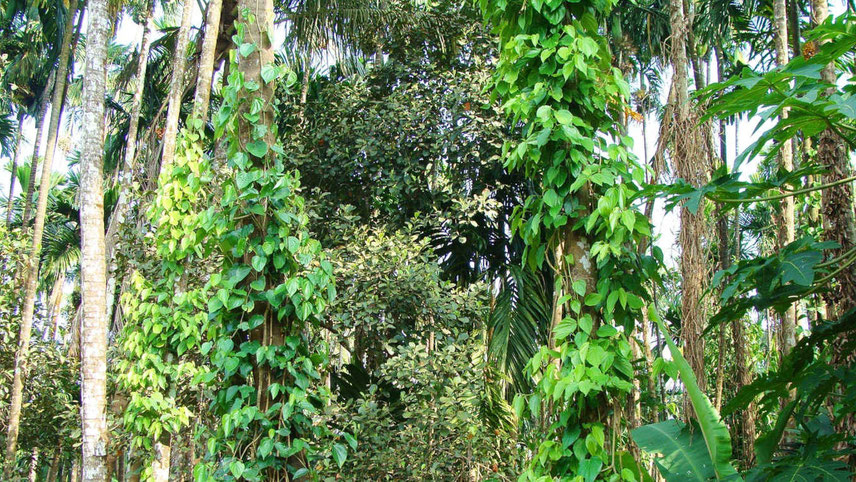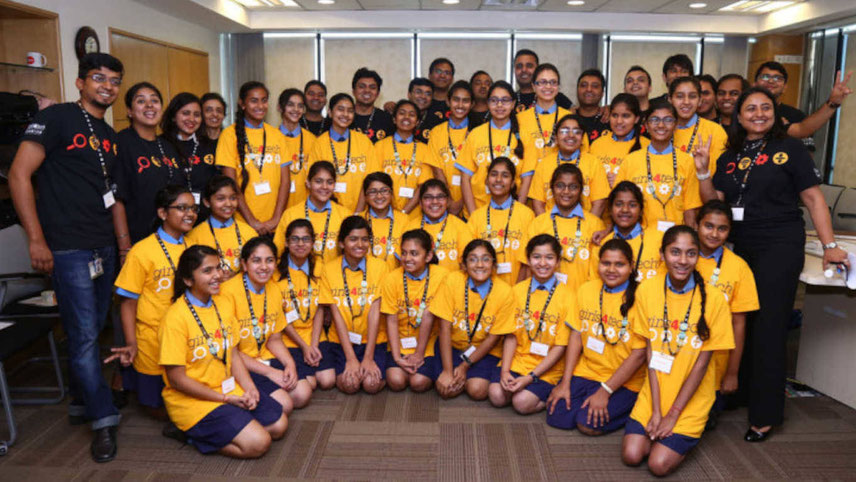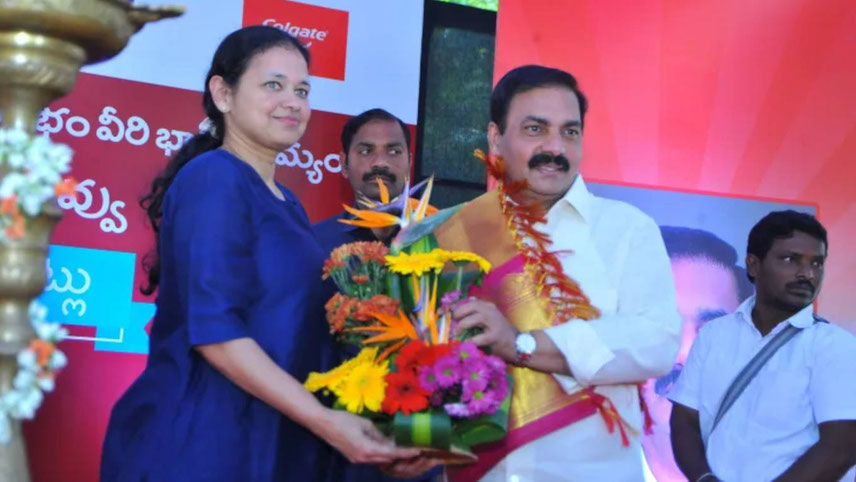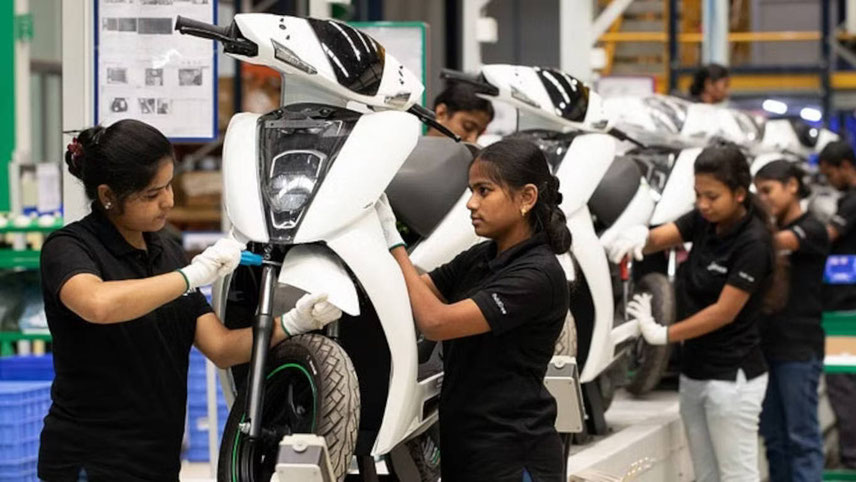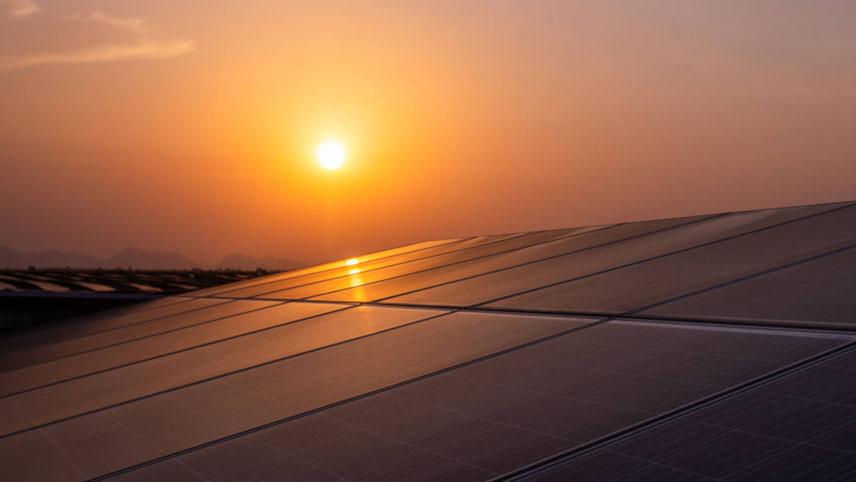Seven rounds of military talks between India and China have failed to achieve a breakthrough on the border stand-off, triggering apprehensions that the Ladakh frontier could now become a permanently contested militarised zone akin to Jammu & Kashmir. There are two strands to the game being played out. China has again raked up the issue of conversion of Ladkah into a Union Territory. Within Ladakh, Buddhists are worried that they now have no protection against ‘outsiders’ on issues like land, jobs and culture. Buddhism travelled to China two millennia ago from India. Though it was targeted by the Communists during the Cultural Revolution, about 20 per cent of the total population in China currently follows the religion. Buddhism if China’s oldest foreign religion. It has even merged with native Taoism and folk religion. Ironically, Article 370 ensured the protection of jobs, land and culture of Jammu & Kashmir. Its accompanying provision – Article 35A – barred outsiders from buying land or applying for jobs in the semi-autonomous region. Currently, the state land rests with the Ladakh Autonomous Hill Development Council (LAHDC), an elected body. The council has been reduced to a ‘toothless tiger’ after the region was turned into a Union Territory. There is a growing fear among locals that land in an around Leh may be transferred to industrialists or the army without the consent of the council. It is against this backdrop that China has stepped up its game. “China doesn’t recognise the so-called ‘Ladakh Union Territory’ illegally set up by India, or ‘Arunachal Pradesh’, and opposes infrastructure building aimed at military contention in disputed border areas,” Chinese foreign ministry spokesman Zhao Lijian recently said. However, according to officials in New Delhi, the reason Beijing is concerned about Indian infrastructure upgrade in Ladakh is that it could pose a military threat to the multi-billion China Pakistan Economic Corridor to Pakistan that passes via Khunjerab Pass and Pakistan-occupied Kashmir. The increased Indian military capacity and capability on the LAC also prevents the People’s Liberation Army from nibbling into East Ladakh in pursuance of its maximalist 1959 cartographical claim line. Losing lands, jobs and identity? More than a year after the Modi government scrapped Article 370 and divided the region into two Union Territories, the sense of celebration in Ladakh has given way to uncertainty and apprehension among residents. There is talk of losing lands, jobs and identity. It is not surprising then that Ladakh residents are demanding constitutional safeguards. Tsering Namgyal Tsangpa, president of the Congress party in Leh, says people in Ladakh fear that New Delhi can change laws without their approval since “most of the people running the show of the Union Territory administration are not from Ladakh”. Recently, several political parties and social organisations in Leh came together to form the People’s Movement for Sixth Schedule for Ladakh. On 22 September, the group passed a resolution, threatening to boycott the council election in Ladakh, which would be held on 16 October, unless constitutional safeguards under the Sixth Schedule are announced. The People’s Movement resolution has forced New Delhi to send senior BJP leader Ram Madhav to Leh to cool tempers.
-

Ladakh residents are demanding constitutional safeguards


























